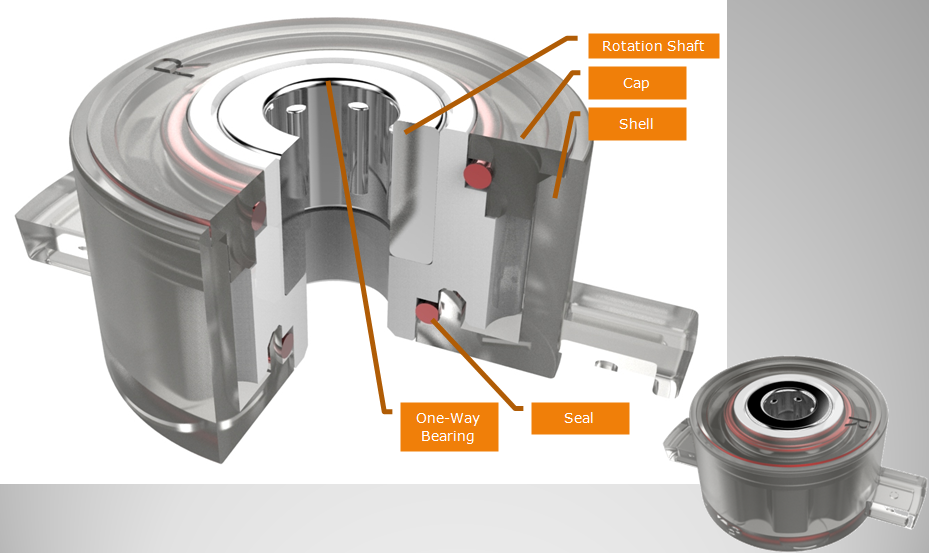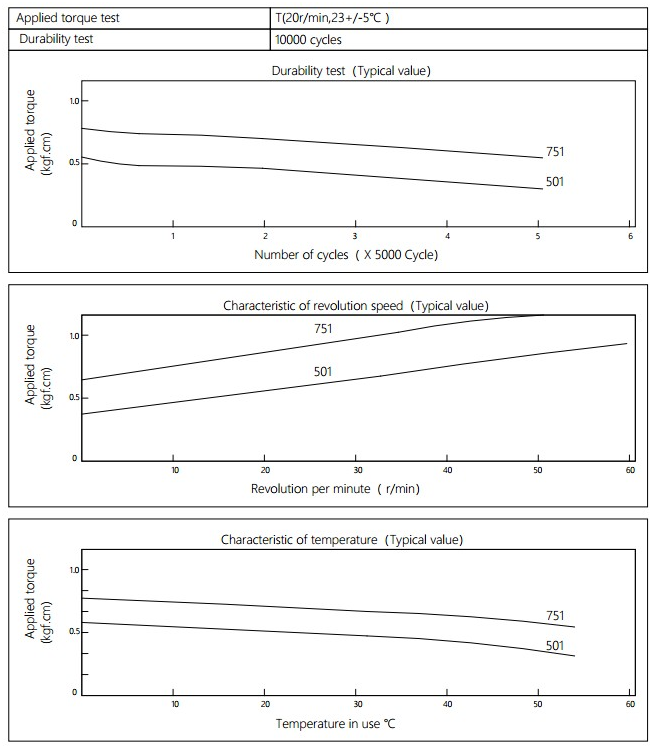Xin Guobin: Established a smart manufacturing standard system in 5 years
To promote smart manufacturing, standardization must go first. In order to address the issues of missing standards, lags, and overlaps, we will guide current and future smart manufacturing standardization efforts. The Ministry of Industry and Information Technology and the National Standardization Management Committee jointly issued the "Guideline for the Construction of National Intelligent Manufacturing Standards System (2015 Edition)". (Hereinafter referred to as "Construction Guide"). The “Construction Guide†clarifies the general requirements, construction ideas, construction content, and organization and implementation methods for building a smart manufacturing standard system. It adheres to the principle of “commonality first, emergency firstâ€, focusing both on the manufacturing industry's advantageous areas and taking into account the transformation and upgrading of traditional industries. It strives to solve the bottleneck of smart manufacturing development such as manufacturing interconnection and interoperability through standard system construction. Regarding the background, content, and significance of the "Construction Guide," Xin Guobin, deputy director of the Ministry of Industry and Information Technology, made an authoritative interpretation when interviewed by the China Industry News reporter. Respond to smart manufacturing requirements and build a standard framework Xin Guobin pointed out that intelligent manufacturing is the main direction of "Made in China 2025," and is an important measure for implementing the strategy of building a powerful country. It is the key to China's manufacturing industry keeping pace with the world's development trends and achieving transformation and upgrading. Smart manufacturing has a strong comprehensiveness, not only the breakthrough and application of a single technology and equipment, but the deep integration and innovation integration of manufacturing technology and information technology. It is a change in the production organization and business model. With the rapid development of information technology and advanced manufacturing technology, the depth and breadth of the development of intelligent manufacturing equipment in China is increasing. The intelligent manufacturing equipment industry system represented by new sensors, intelligent control systems, industrial robots, and automated complete sets of production lines has taken shape. Batches of major intelligent manufacturing equipment with independent intellectual property rights have achieved breakthroughs, but key issues that restrict the development of smart manufacturing, such as interconnection and interoperability in manufacturing, have still not been resolved. The demand for cross-industry, cross-domain smart manufacturing standardization is increasingly pressing. In order to solve the problems of lack of standardization, lagging, overlapped duplication and other issues, and give full play to the basic and guiding role of standards in promoting the development of smart manufacturing, the two departments jointly issued the “Guide to Construction.†The “Construction Guide†establishes a reference model of the intelligent manufacturing standard system from three dimensions: life cycle, system level, and intelligent function, and proposes a framework of the intelligent manufacturing standard system. The framework includes basic, safety, management, inspection and evaluation, and reliability. Five types of basic commonality standards and five key technical standards such as intelligent equipment, smart factories, intelligent services, industrial software and big data, industrial Internet, and application standards of different industries including the top 10 application fields in "Made in China 2025" . For the convenience of enterprises, the “Construction Guidelines†has classified the existing common standards of smart manufacturing according to basic commonalities, key technologies, and key industries, and built a framework of smart manufacturing standards consisting of “5+5+10†standards. The dynamic perfection mechanism of the standard system gradually forms a powerful standard support for smart manufacturing. Key areas took the lead in breaking through the entire field of manufacturing Xin Guobin pointed out that the Ministry of Industry and Information Technology and the Standardization Administration of the People's Republic of China jointly formulated and issued guidelines for the construction of a smart manufacturing standards system based on the following considerations: The first is to provide basis for the establishment of smart manufacturing national standards and industry standards. The "Construction Guide" is the basis for guiding the establishment and revision of national standards and industry standards for smart manufacturing in the coming period, and it is also the basic basis for the scientific management of smart manufacturing standards. Smart manufacturing standardization involves multiple industries and multiple technical areas. In accordance with the relevant requirements of the "Construction Guidelines", fully integrate the overall development layout of China's manufacturing industry and a new generation of information technology industry, and timely develop and revise smart manufacturing standards in line with China's national conditions to provide support for industrial development. The second is to help solve the problem of interoperability and cross-industry cross-sector standardization in the manufacturing sector. The "Construction Guide" comprehensively incorporates basic general, key technologies, and key industry application standards that are closely related to intelligent manufacturing, and comprehensively reviews the standards that have been formulated and formulated to focus on the manufacturing industry's advantageous areas and take into account the transformation and upgrading of traditional industries. The starting point is to follow the principle of “commonality first, emergency firstâ€, which is mainly for cross-domain and cross-industry system integration standards. Through the standardization of resource allocation and optimization of the standard structure, it focuses on solving the data integration and interconnection currently encountered in the advancement of smart manufacturing. Basic bottlenecks such as interworking. The third is to clarify the concept based on national conditions and open cooperation. The “Construction Guidelines†fully considers the applicability of standards based on the poor foundation of China’s smart manufacturing standards and the unbalanced development of the industry, and highlights the formulation and industrialization of standards that suit China’s national conditions. Part of the “Construction Guide†draws on the German industry 4.0 and the United States Industrial Internet related standardization content, and with advanced manufacturing countries and the International Standardization Organization for reference, and promote the relevant standards to rise to international standards. At the same time, international standards that suit the needs of the development of China's manufacturing industry should also be converted into national standards in a timely manner, and efforts should be made to build a highly compatible and open standard system. Fourth, it is conducive to the establishment of a standard and perfect mechanism for advancing with the times and continuing. The "Construction Guide" is based on the current technological features of smart manufacturing and the understanding of smart manufacturing. However, smart manufacturing is a huge system that develops dynamically. The understanding of smart manufacturing in the industry will be an in-depth process. With the development of intelligent manufacturing technologies and industries, new modes and new formats continue to emerge, and the intelligent manufacturing standard system will be dynamically adjusted and improved. Xin Guobin emphasized that it is necessary to vigorously promote the establishment of a smart manufacturing standard system, and constantly launch smart manufacturing standards for key industries, and take the lead in making breakthroughs in the ten key areas of “Made in China 2025â€. Specifically, based on the current status of manufacturing development, the smart manufacturing standard system will be completed and gradually improved within five years. It will be completed in two phases: The first phase (2016~2017) will mainly address the integration of standards systems and the lack of basic standards. The second phase (from 2018 to 2020) mainly addresses the issue of improving the standards system and promoting the use of standards in the entire manufacturing industry. The specific goal is: By 2017, we will initially establish a smart manufacturing standard system. To formulate more than 60 key standards for smart manufacturing, and formulate key technical standards such as reference models, term definitions, identification analysis, evaluation indicators and other key common technical standards such as reference formats, data formats, and communication protocols in accordance with the principle of “commonality first, emergency firstâ€. Formulated smart manufacturing standards for key industries and took the lead in making breakthroughs in the ten key areas of “Made in China 2025â€. The promotion of national standards for smart manufacturing has risen to become an international standard, and the standard application level and internationalization level have improved significantly. By 2020, we will strive to establish a more complete smart manufacturing standard system. Manufactured and revised more than 500 smart manufacturing standards, basically achieved full coverage of basic common standards and key technical standards. The smart manufacturing standards were widely used in enterprises to verify their application, promoted and applied in the whole field of manufacturing, and promoted the level of smart manufacturing in China. Manufacturing standards have significantly improved their international competitiveness. According to the plan, the "Building Guidebook" adopts a rolling revision system, which is revised after every 2 to 3 years.
The design of middle through hole is easy to install, Barrel Damper is usually used in small spaces. ABD barrel dampers are the perfect solution for a wide range of applications. Barrel dampers are widely used in automobile interior decoration, household electric appliances, furniture, hidden socket, etc. Our dampers can make the movement of structures soft, quiet and safe to mitigate the impact, avoid the damage, increase the mechanical life, reduce noise, and improve product quality.
NOTE:
1. Please contact the corresponding product
engineer for specific torque products.
2. Max. rotation speed: 50r/min
3. Max. circle rate: Clockwise180 °, 180 ° anti-clockwise for 1
cycle
4. Operating temperature: -10~50℃
5. Storage temperature:-30~60℃
Applied torque:(T)
Test Temperature:23+/-5℃
Rotating speed:20r/min
Durability test Method:Clockwise 180 °, 180 ° anti-clockwise
Rotating speed:20r/min
Test Frequency:1cycle/min
Test Temperature:23±5℃
Durability test cycle:10000 cycle
Test result criteria: Store in the room temperature for 24 hours or more after the test, recording to the torque T=T±30%T.
Barrel Damper Barrel Damper,Plastic Dampers,Manual Barrel Damper,Toilet Seat Damper,Plastic Barrel Rotary Damper Shenzhen ABD Equipment Co., Ltd. , https://www.abddamper.com
